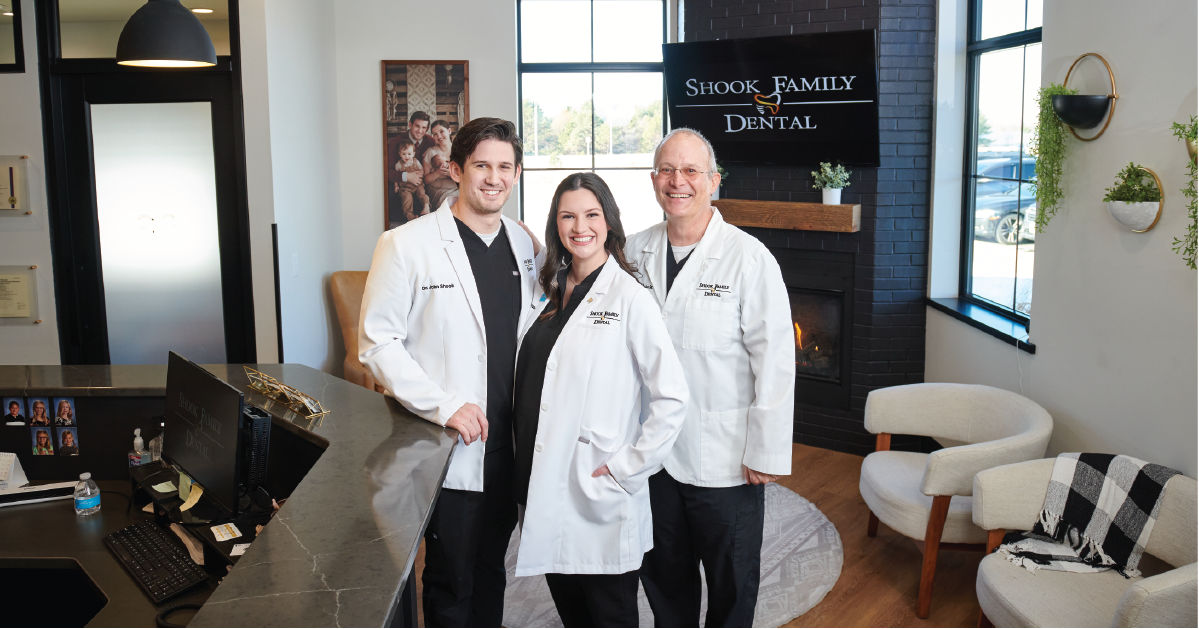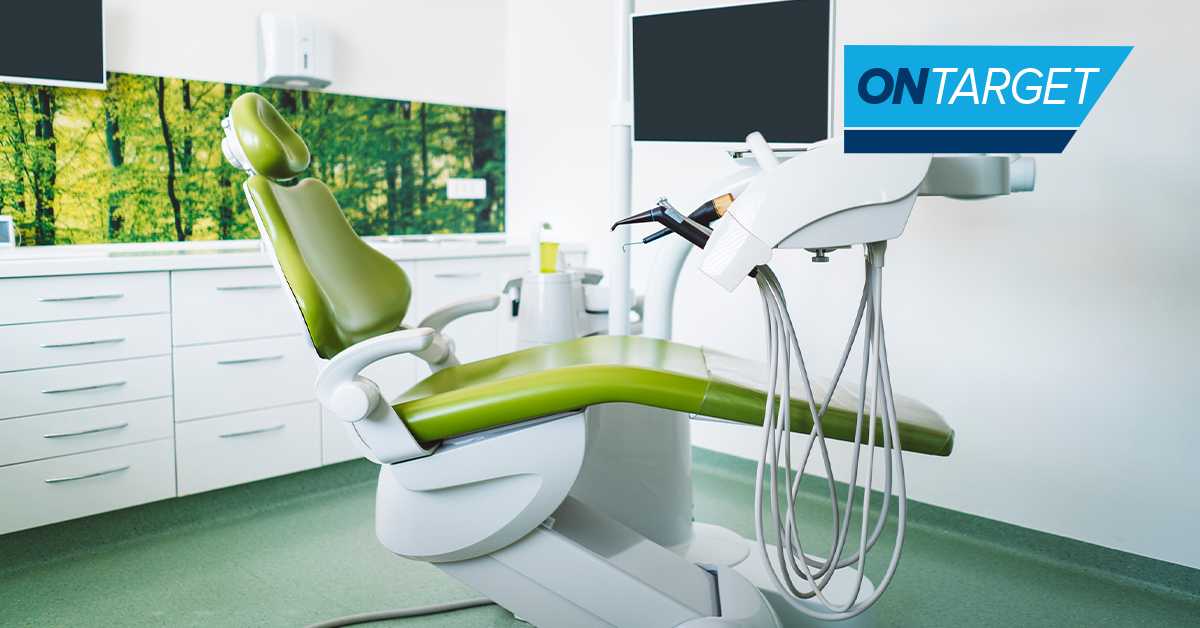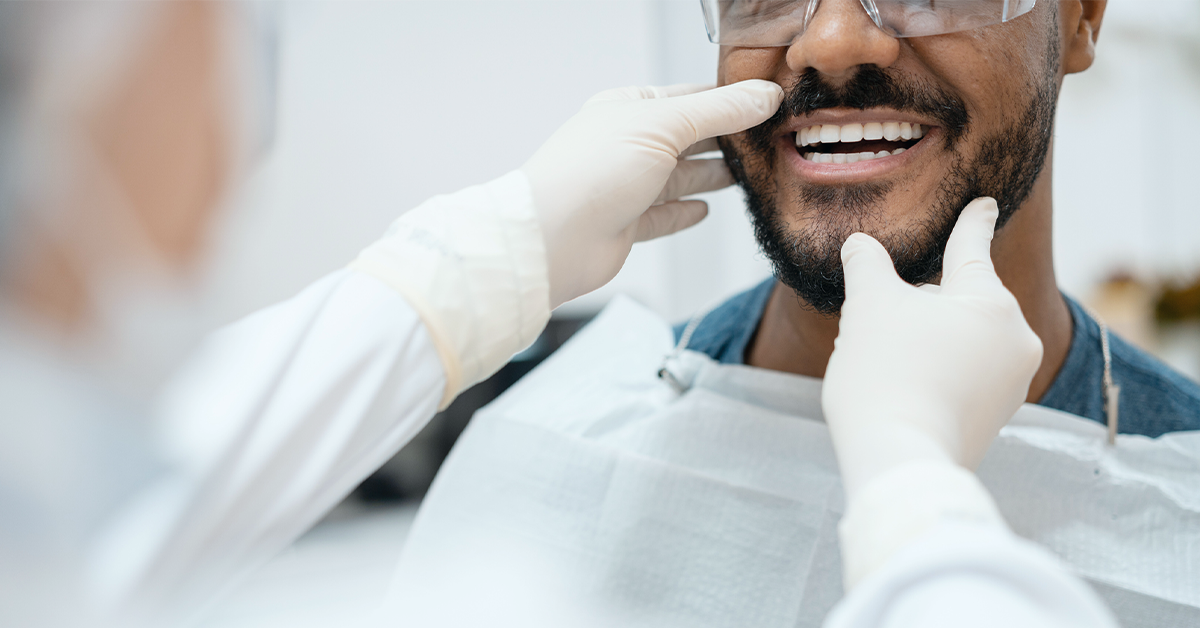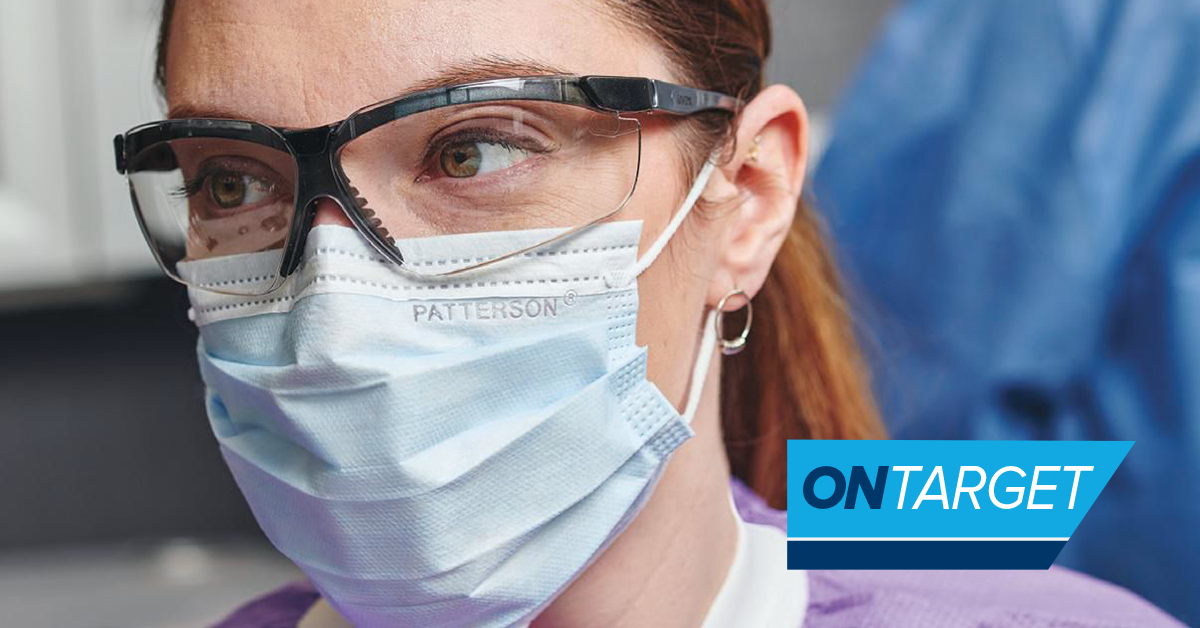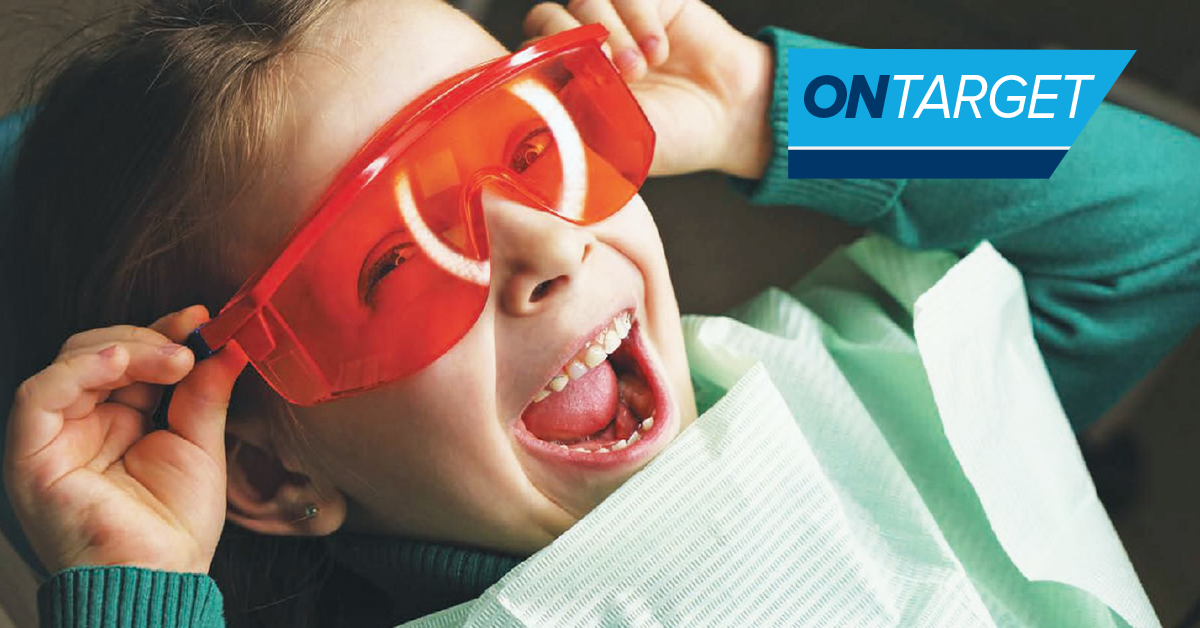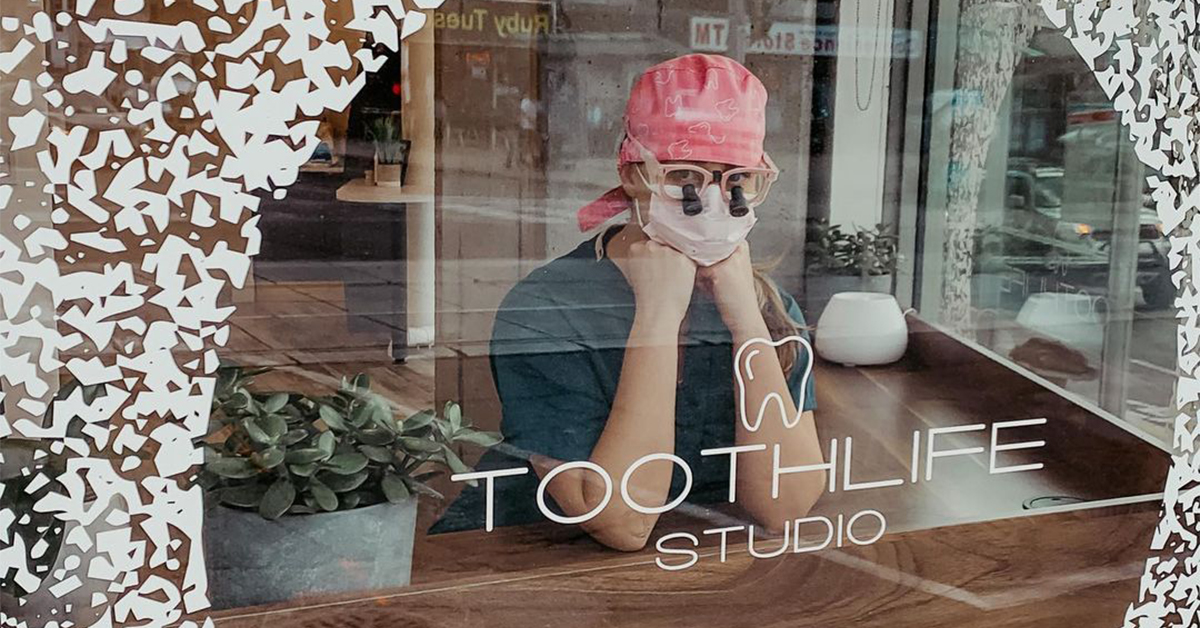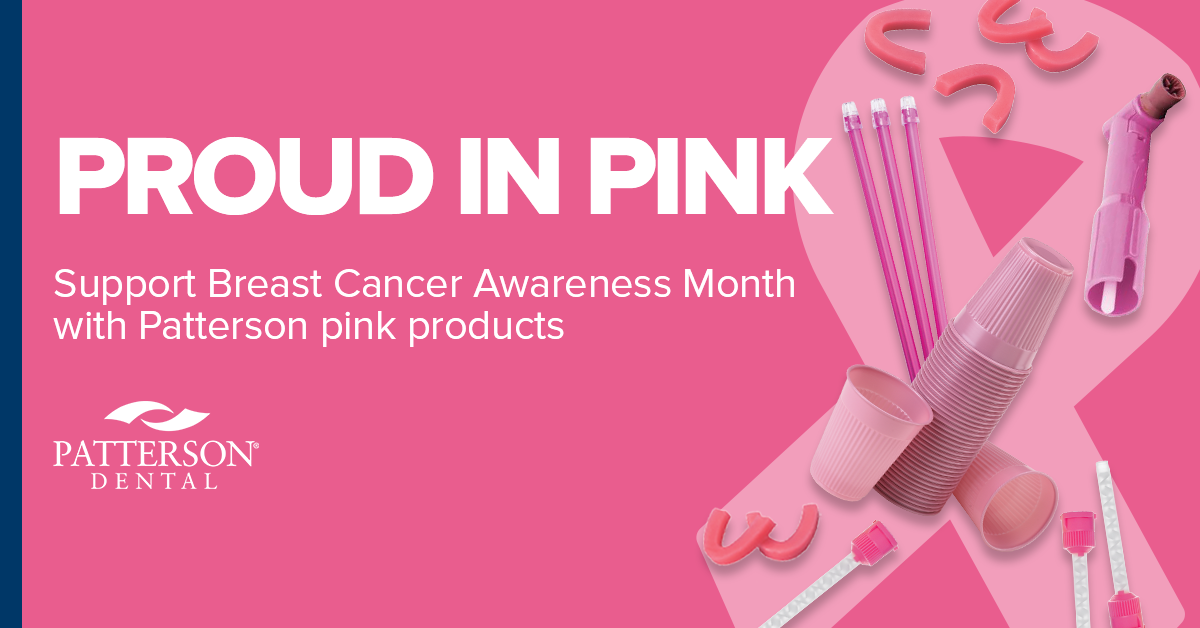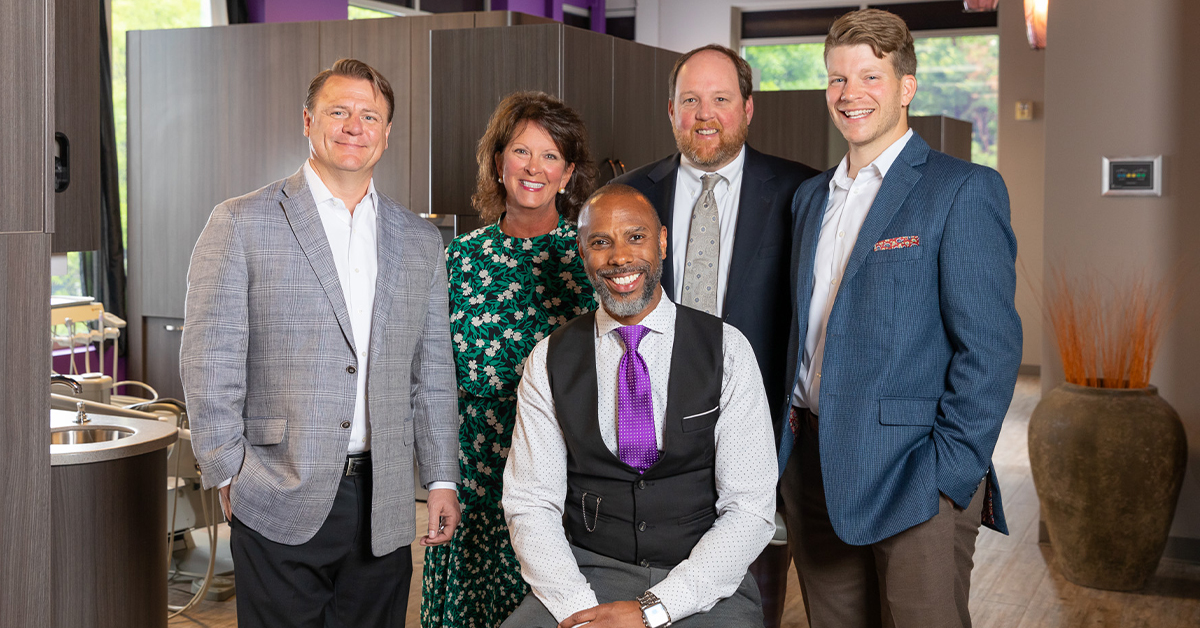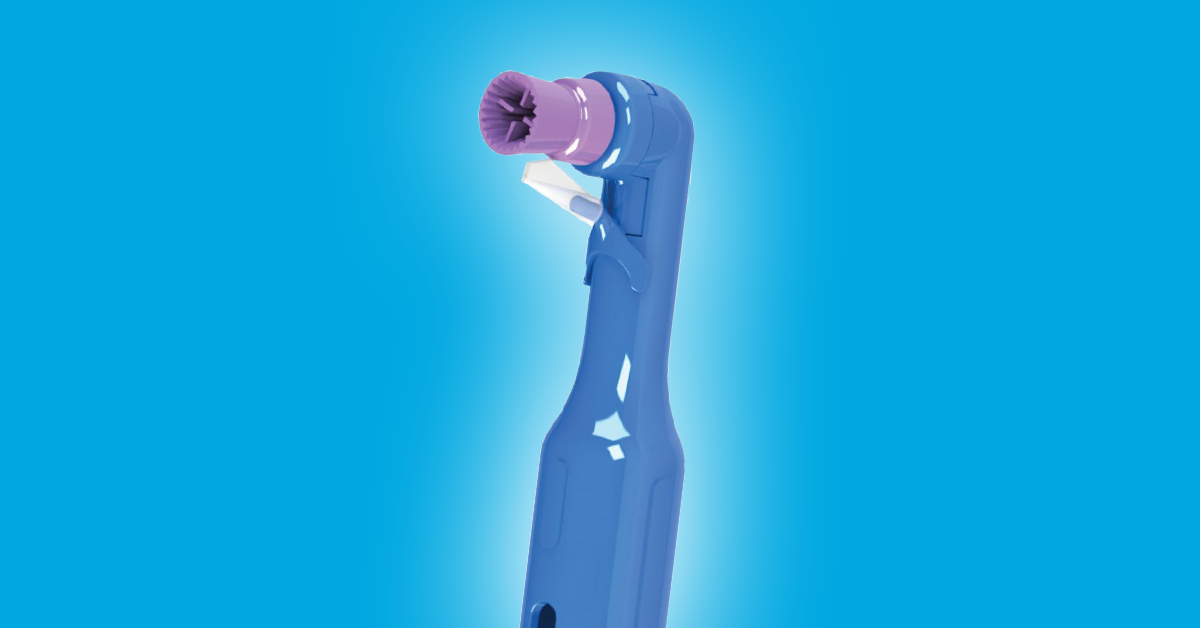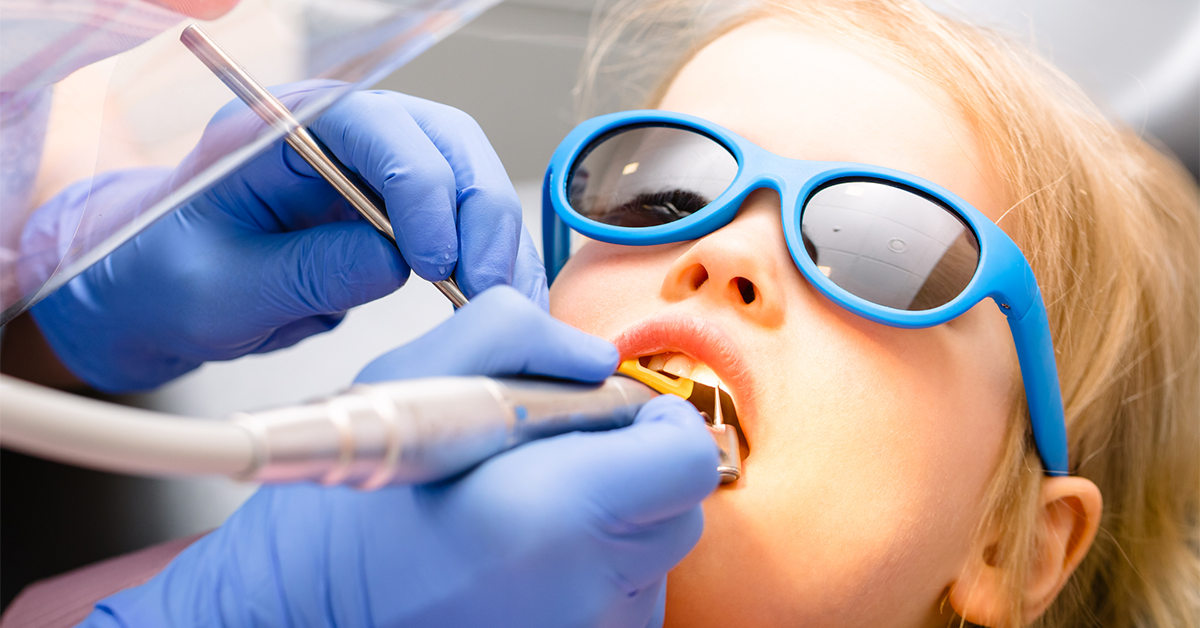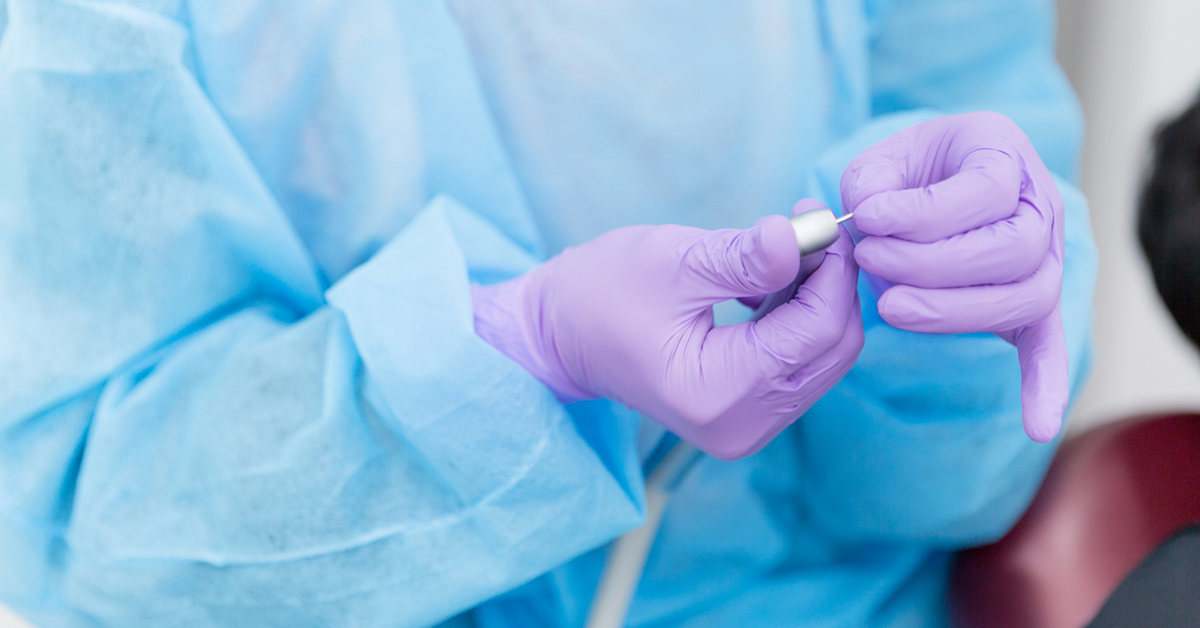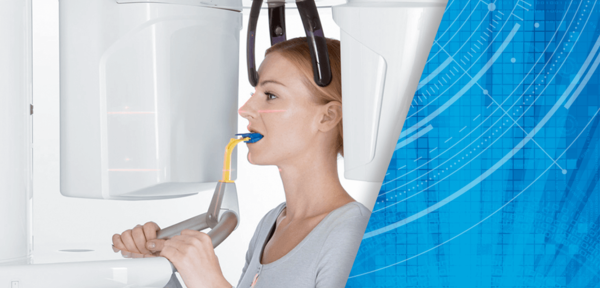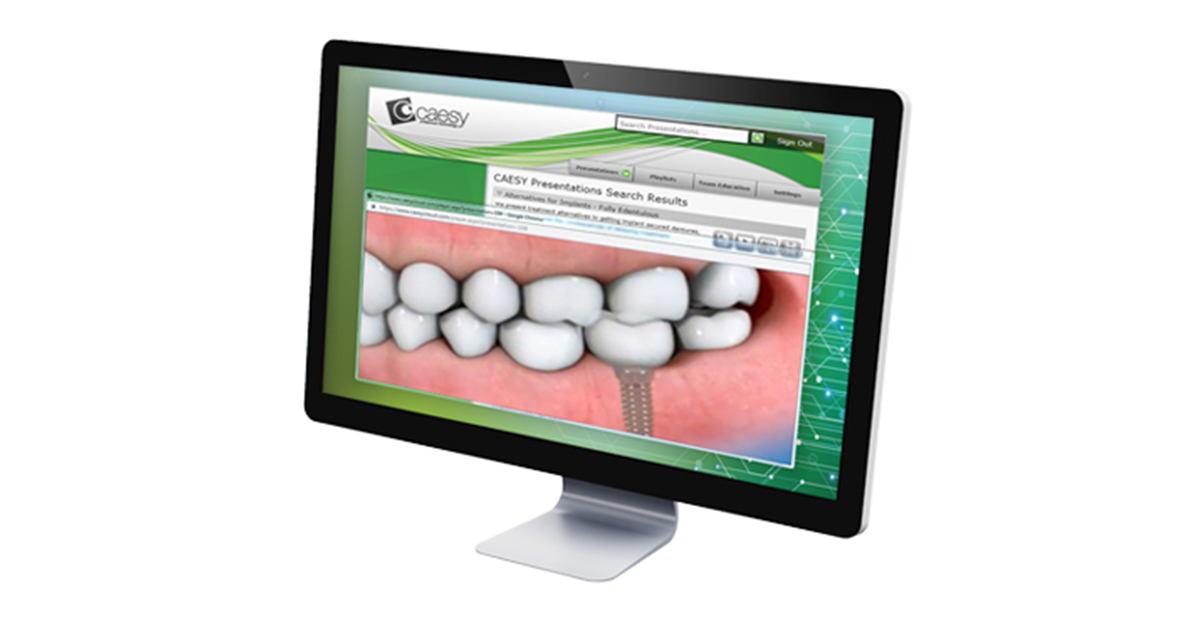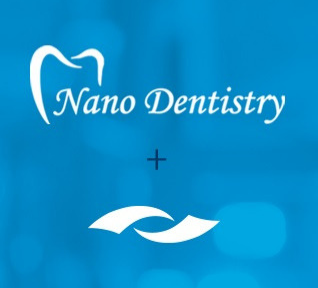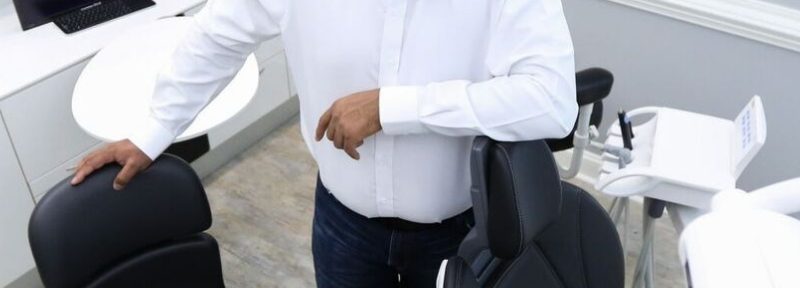Two dentists share the story of building a new practice from the ground up, opening with zero patients, having two babies with a third on the way and mastering new technologies – all in under two years.
Preparing for success: Cavity preps and the best tools for long-lasting restorations
As the first step in the restoration process, cavity preparations are only as successful as the technique and tools used for each application. Here are the steps and tools needed for cavity prep success.
Green dentistry: Safeguarding the environment through sustainable practice
Your office has taken many steps to protect its patients and staff, but is it doing its part to protect the planet?
Cosmetic Dentistry: Why More Patients Are Investing in Oral Health Esthetics
There are many reasons why cosmetic dentistry is growing in popularity. Knowing why patients are seeking cosmetic treatment is just as important as the treatment itself. Here’s what dental practices need to know.
National Children’s Dental Health Month: 6 Tips for Pediatric Oral Health
National Children’s Dental Health Month is a great time to remind yourself and your patients why pediatric dental care is so important and revisit the steps that can help ensure a lifetime of good oral health.
Cheat Sheet: Making PPE More Comfortable
Wearing PPE is one of the most tangible ways healthcare workers can protect themselves from increased risks of COVID-19 infection. But due to the extended use and extra precautions taken, PPE can become uncomfortable.
Pediatric Safety: Protecting Both Oral and Overall Health
Almost a year since the COVID-19 pandemic forced public awareness of PPE, disinfection practices and social distancing, even those who were previously compliant with biannual dental visits may think that unless something is noticeably wrong, in-office dental care can be postponed indefinitely. But reassuring adults is only one challenge, another highly important task is conveying to parents what efforts your practice is making to maintain a child-safe environment.
A Hygienist’s Dream to build her own Studio becomes a Reality
In an update about her now finished dental studio, Irene Iancu explains how she made her vision of owning her own hygienist-run dental practice with a strong voice on social media come to life.
Going Virtual: The Patterson Ultimate Education Experience at Dentsply Sirona World 2020
This year’s Patterson Ultimate Education Experience event at Dentsply Sirona World will provide a unique virtual experience and the opportunity to learn about the latest innovations offered by Dentsply Sirona.
Show Your Support for Breast Cancer Awareness Month with Patterson Pink Products
Show your support for your patients affected by breast cancer. Purchase these featured Patterson® brand products. Plus, buy Patterson Brand and back breast cancer research. A portion of the proceeds for every qualifying purchase will be donated to the Breast Cancer Research Foundation.
8 Ways to Improve Your Dental Practice’s Organization
Integrating these tools and strategies will improve practice efficiency and impress upon your patients how important their comfort and safety are to you.
Developing a New Practice with a Unique Vibe
When Jeffrey S. Butts, DDS, decided to expand his services to offer oral surgery, implants, IV sedation and same-day dentistry, he turned to Patterson Dental to help with finding a new location, designing the office layout and nearly every other aspect of his new practice.
When You’re a Rock Star in and Out of the Practice: Changing Careers Midlife and Rocking Out with Technology
After holding down the roles of lead singer, songwriter and guitarist in two rock bands, Jeffrey S. Butts, DDS, is now the owner of a thriving dental office in Atlanta. So, how did Butts go from a touring rock star to owning his own practice?
A Safer Way to Polish: Splatter Guard Prophy Angles from Young Innovations
As dentists and hygienists question the use of ultrasonic instruments during the COVID-19 pandemic, they may also be looking for ways to eliminate or at least control aerosols and splatter. Young Innovations recently introduced the Splatter Guard® prophy angle, which nearly eliminates airborne particles during prophylaxis polishing. Whitney Howerton, MDH, RDH, gives Splatter Guard a test run.
Pain: It Shouldn’t Be Part of the Job
Musculoskeletal injuries can be difficult to overcome for dental professionals. What preventive steps can you take to protect yourself from repetitive and large movement injuries? Start with some education and self-awareness, then integrate tools that will support your musculoskeletal health.
OnTarget Highlight: The Pediatric Prophy Appointment
Oral healthcare is essential at any age, but for children, maintaining a healthy mouth holds special importance. Dental caries is the most common chronic childhood infectious disease. As of 2015, approximately 573 million children worldwide had at least one untreated cavity.
Wiz Guys Support Customers During COVID-19 and Beyond
Todd Wizner and Ben Wizner, also known as the “Wiz Dental Guys,” are a father-son duo of Patterson reps with knowledge spanning almost 35 years. Their unwavering commitment to their customers has especially shone through as the COVID-19 crisis has hit the nation. They knew this was going to have a big impact not only on their personal day-to-day jobs, but also on their core customers’ businesses.
Keeping Staff and Patients Safe: Personal Protective Equipment and Donning and Doffing Advice
Nothing is more important than protecting the lives of your patients and staff. Yet new circumstances you and other dental professionals are now facing require the use of more personal protective equipment (PPE) and the proper procedures for ensuring you and your team are securely covered – from head to toe.
Want Dental Office Team Success? Understand These 6 Core Needs
Instagram Takeover at Dentsply Sirona World with Mona Patel, DDS
7 Tips for Financing Your New Technology
Toothlife: A hygienist’s dream to build her own studio
Get to Know 5 Dental Equipment Specialists
Meet The Wiz Guys!
Want to Achieve 90% or Better Case Acceptance?
As dentistry moves towards the medical model of care, statistics and metrics from the practice management software are going to become more important (more on that at another time). Many practices feel that their case acceptance is around 85 – 90% but when the truth from the software is told, it can be 60% or less. Why? There could be many reasons for this, but often the patient is receiving mixed messages from the team.

